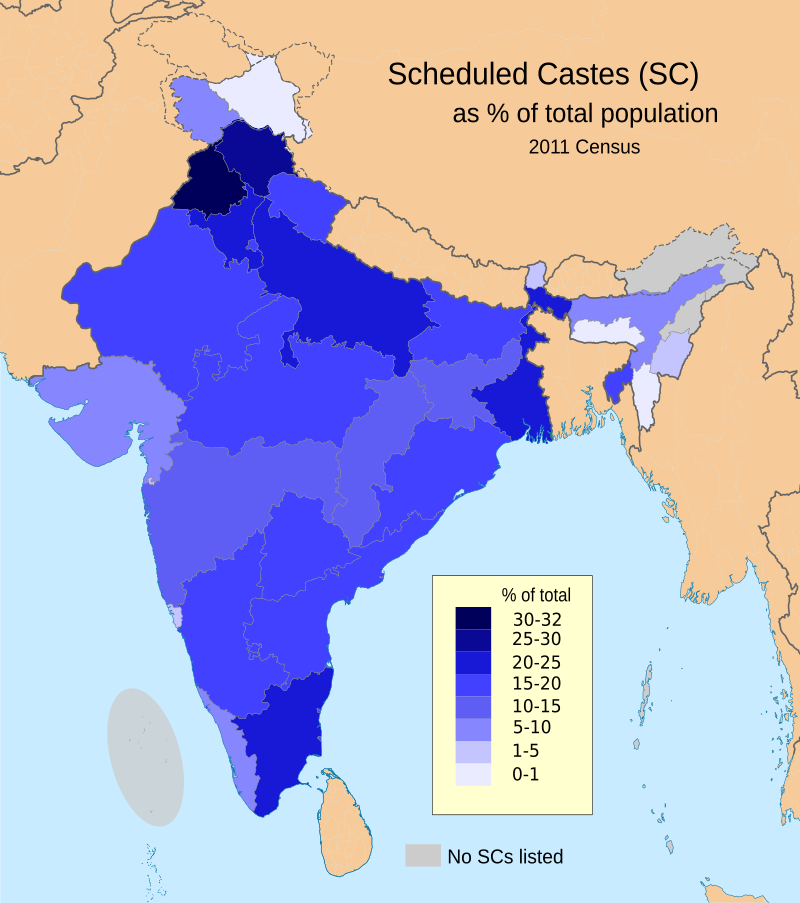Hello all, I was wondering if some helpful historians can answer this on the thread. As you guys probably know I am an American, and growing up I was taught...lets just say a variety of different things on Ancient India. Some right, some wrong, some very wrong. As I wizened up, I have yet a couple questions on certain aspects of the caste system which I am confused upon. Most specifically, did the Indo-Aryans impose the caste system on the native population with themselves at the top, or did the caste-system arise with no correlation to any specific population or group? Is the R1a haplogroup higher in upper castes? Are upper caste Indians generally lighter-skinned? Now I don't want a flame war, so if you here to tell me about how the Indo-Aryan migration theory is false, go home. The theory is accurate and verified. Similarly, if you are here to tell me about an Aryan invasion theory, go home, as that is also inaccurate and unverified. I thank you for all your help in letting me know more about ancient history, no matter how unsettling or harmonious the truth may be, as online research just gives a flurry of differing and unhelpful opinions. I will use this thread to try and opine and make an informed realization. I will not answer any questions regarding my family's caste, as that concept is unjust anyways and I don't want to continue any relics of it in a label. Thank you respectfully.
If this thread is in the wrong place please let me know.
If this thread is in the wrong place please let me know.
Last edited:
